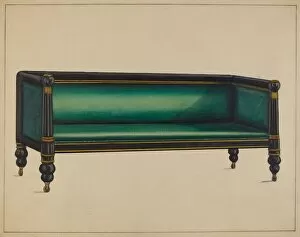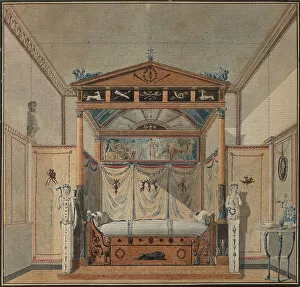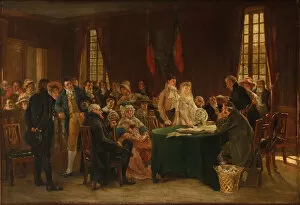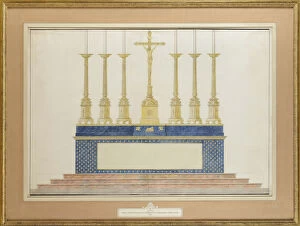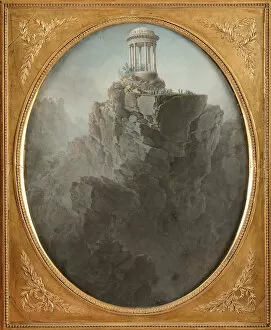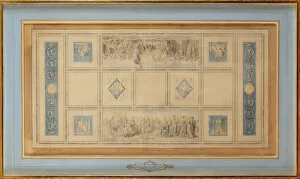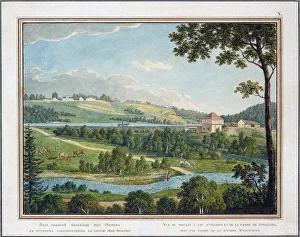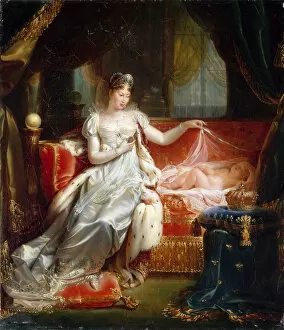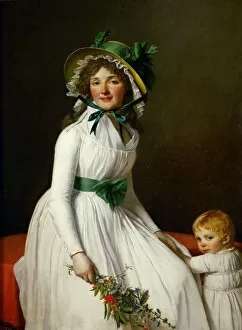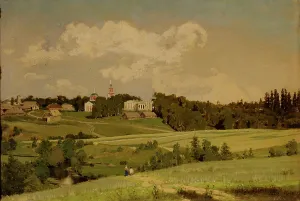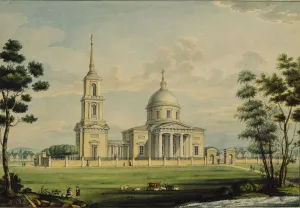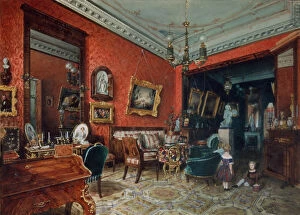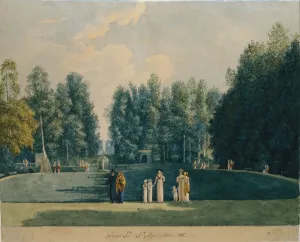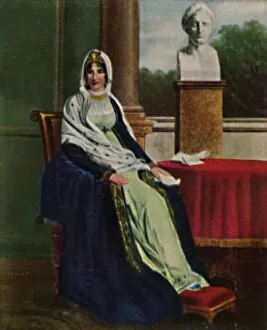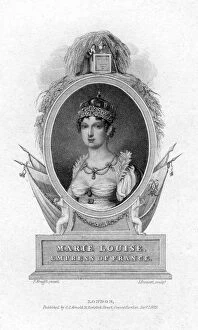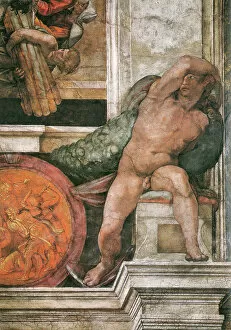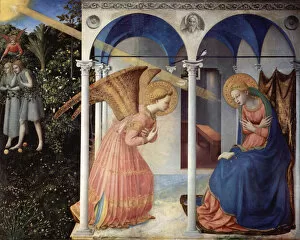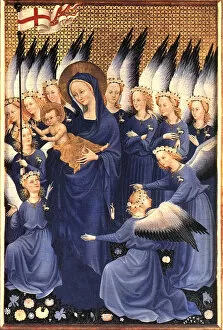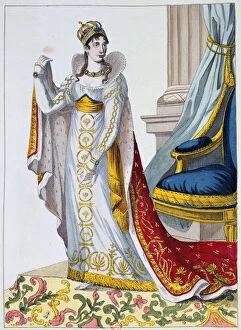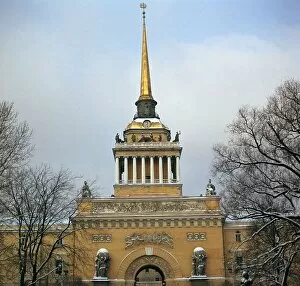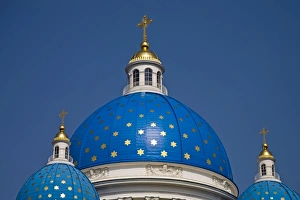Empire Style Collection (page 4)
The empire style, also known as the Neoclassical style, emerged in the 18th century and reached its peak during the early 19th century
All Professionally Made to Order for Quick Shipping
The empire style, also known as the Neoclassical style, emerged in the 18th century and reached its peak during the early 19th century. This captivating aesthetic was influenced by ancient Greek and Roman art, characterized by grandeur, symmetry, and a celebration of classical motifs. One can witness the essence in masterpieces like "The Garden of Earthly Delights" from the 1500s. The painting's intricate details and mythical elements showcase an early inspiration for this influential movement. In portraits such as Louisa Adams' depiction by Ellis Cornelia Knight in 1793, we see how fashion embraced this trend. Louisa's elegant attire reflects the empire style with its high-waisted silhouette and flowing drapery that exudes gracefulness. Fashion played a significant role in defining this era. The hand-coloured etching titled "Fashionables of 1817" captures society's fascination with empire-inspired clothing. Women adorned themselves with delicate fabrics and accessories to emulate the timeless beauty associated with this period. Not limited to clothing alone, other forms of art also embraced this aesthetic. Silk-weaving from Germany showcased exquisite craftsmanship through intricate patterns that added opulence to any interior space. Metal ornaments from Germany further exemplified attention to detail prevalent during this time period. These ornate pieces served as decorative accents that elevated furniture or architectural elements within homes. Gobelins tapestry and lacework became synonymous with French elegance during the early 19th century. These luxurious textiles adorned palaces across France and Germany, adding a touch of regal splendor to any setting they graced. Empress Marie Louise herself embodied the epitome of imperial fashion as Napoleon Bonaparte's second wife. Her refined taste set trends throughout Europe while showcasing her status through extravagant garments befitting her position. Even beyond fashion and artistry lies architecture; New Year celebrations at Russia's Palace Square illustrate the grandeur of empire-style buildings.

